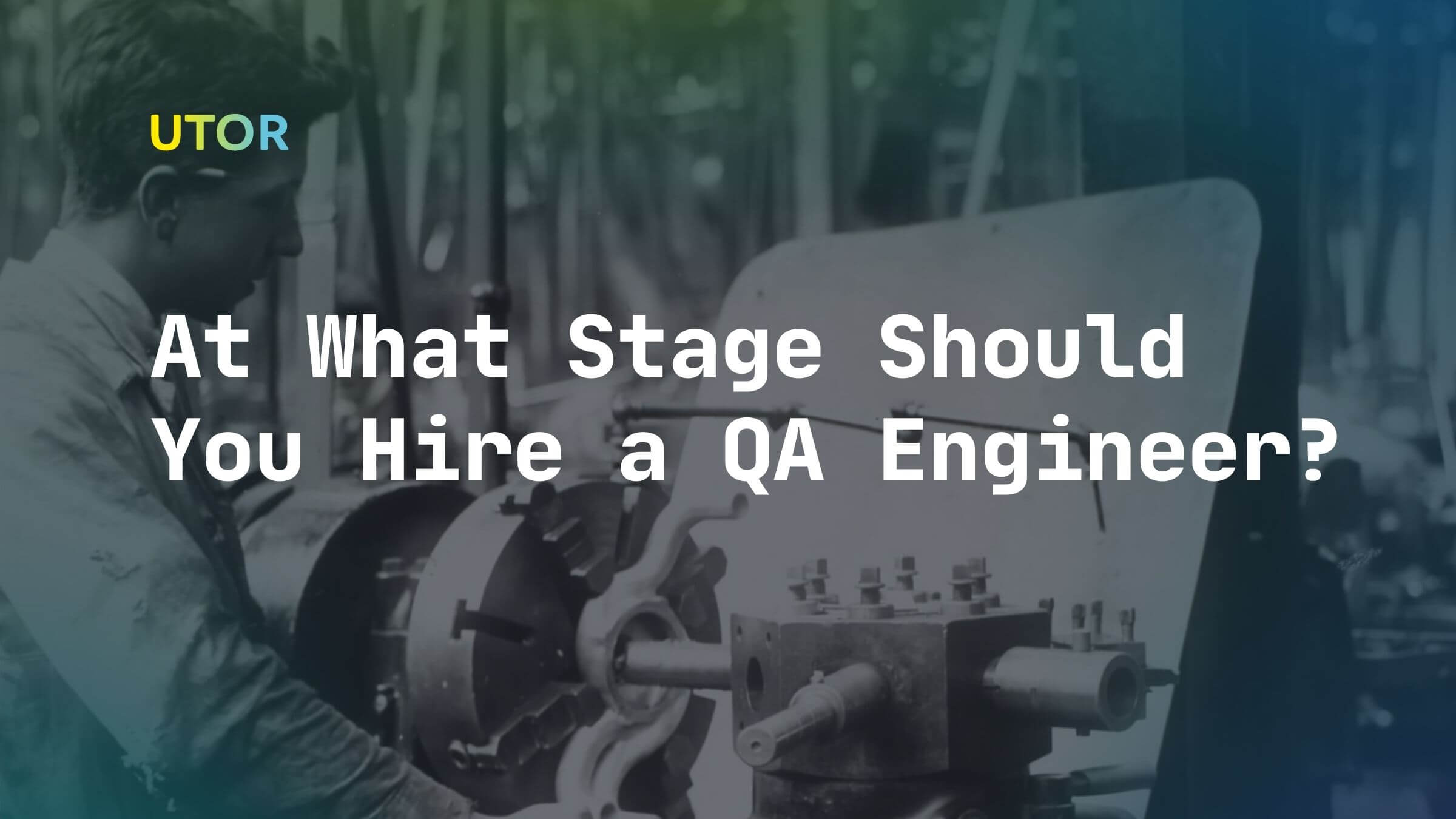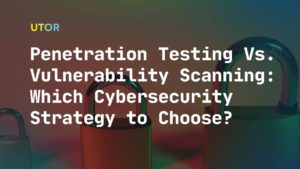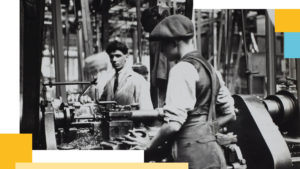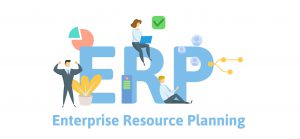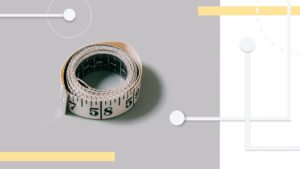We are never tired to answer the questions like “What does QA mean in software development?”, “What does QA stand for in business?” or to remind how important is to have a QA engineer in your team. But we prefer to remain honest: it is not urgent to find a tester immediately after you start working on a product. You can connect a QA engineer later, but when is it the best time? Here’s a piece of recommendation based on our experience.
Stage #1: Early stage (MVP)
QA Engineer/Tester necessity – 3 of 10
Let’s start from MVP definition, just in case a software product launch is a new thing for some readers, now bothered by a question “What does MVP stand for?”. MVP, meaning a minimum viable product, is a product with minimum features that is appropriate for use by customers. What does MVP mean for a marketing strategy?
.jpg)
According to statistics, 60% of product features aren’t even used, meaning that customers don’t need them. The main task of an MVP is to get feedback for creating a detailed plan for further product development. It helps to reduce costs and risks in case the product won’t be in-demand by the audience compared to developing a complete product with a variety of features.
Learn more what affects the cost of QA
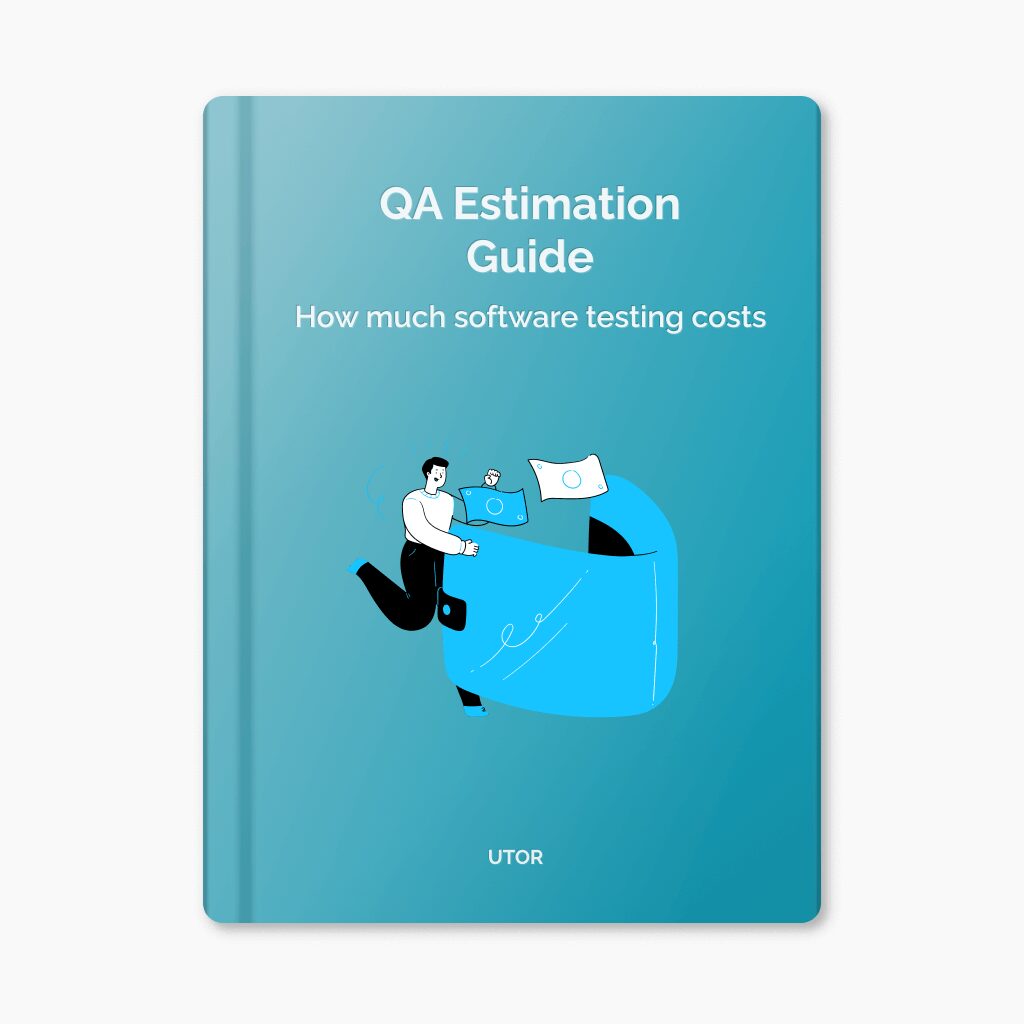
To define how to build a minimum viable product and how long should it take to build an MVP, the team needs to answer several other questions first:
- Does the audience really need this product?
- How to make it different and necessary?
- What features to focus on for an effective start?
The budget and time allocated are minimal so the team should be careful with making these decisions. MVP, however, isn’t a draft created in a rush. The team spends minimum time for creating a fully functioning basic version and works only on key features, the relevance of which should be checked in the first place. They create a basis for a more sophisticated product.
Example:
You’ve got an idea and have created a minimum viable product example, its initial version, on your own or with your partner. Do you need to find a tester to join your team on this stage? Well, testing doesn’t seem a high-priority task for now. It’s better to take care of the users’ feedback than product testing.
You can test the product once before the release by using QA services of an outsourced company. You don’t need a full-time QA engineer in your team on this stage.
Stage #2: Seed stage
QA Engineer/Tester necessity – 8 of 10
By now, an MVP is ready and has been successfully tested so the team can proceed to the tasks of the next level. You have a minimum marketable product, but the team is still focused on a limited number of features for minimizing risks and costs.

Testing is more important on this stage because you have active users. Thus, it is recommended:
- to find a tester who will join your team;
- to start testing both specifications and documentation;
- to set up an effective communication between the dev team and QAs to check your decisions and improve the product.
The seed stage, which implies high investment in the product, is known for the highest financial risks and the highest return on investment in case of success compared to other stages of financing. Whether you rely on your own funds, on your friends, family, sponsors, business agents, or crowdfunding, you need to prove that the product is of proper quality, ready for promotion, and can compete with other software solutions on the market.
Example:
You know your target audience and market. You have the first version with first active users. You need to make sure the product is ready for presentation and will perform flawlessly when you show them to potential investors.
Stage #3: Growth and establishment
QA Engineer/Tester necessity – 10 of 10
Growth is the key stage for establishing a product’s position in the market, increasing sales, and improving profit margins. Now, it’s time to pay attention to the automation to keep the existing users with you, to increase customer loyalty, and to attract new users.
.jpg)
You need to introduce new features, usually more complicated and required to merge with the logic of already existing functionality. Finding a QA becomes extremely significant. Sometimes it is complicated to keep old features working while implementing the new ones. If you don’t manage to do it right, you’ll have to deal with annoyed and angry customers.
Example:
Your product is working flawlessly. Users are satisfied and rate it 5 stars. Nevertheless, you understand that there are always similar apps waiting to invade your market and poach some of your users. You need to add a highlight to make your software stand out.
If you break something in the process, you risk losing some users. Moreover, you risk to find out that some features are not easily integrated with the software logic. QA specialists help to decide the best development path and check an updated version for bugs.
Stage #4: Maturity
QA Engineer/Tester necessity – 10 of 10
Some expect to enter the phase of stability so be ready that maturity stage will present new challenges.
So what exactly happens?
- The sales reach their peak but the market is becoming saturated, making it difficult to maintain the same level of profit.
- The competition gets fairly intense with time, interfering with the already mentioned stability.
- You need to find innovative solutions and new ways to make your product appealing to maintain (at least) or increase (preferably) consumers and market share.
Your product has established a market, the sales have grown significantly, reaching the largest possible share on the market. Now, you need to maintain the market share and not to pass to the decline stage.
Example:
It is not necessarily that someone is going to copy your product. People are often inspired by problems they face, and only after someone comes up with an idea of an app, they check the competitors and find out about you. And every time, a rival team tries to release a better product and poach some users from a leader (possibly you). What is QA Engineer role in all of this? It is important to guarantee flawless performance, design updates, promos, etc. Again, it will need dev updates with releasing new versions. You don’t have a right for serious mistake here, and QA specialists will help to avoid them.
Stage #5: Acquisition
QA Engineer/Tester necessity – 10 of 10
A quantity of users interacting with your product is important for planning, creating development strategies, working on marketing and promotion plans. There are many ways to promote an app or software – a landing website, a blog, press releases, affiliate marketing programs, partnerships, etc. Regardless of what you choose, you need to know that your product is capable of facing the pressure from users, critics, specialists, and especially skeptics.

Example:
You listen to users, analyze trends, come up with new partnership ideas, work on brand image. It all involves changes related to development. When we speak about new features and especially about integration with other platforms, QA Engineer is one of the key players in this process.
Summary
Connecting QA Engineers for the growth, maturity, and acquisition stages is extremely important. A QA specialist helps to avoid extra expenses, to use developers’ time effectively, and to maintain a positive brand image. Only by connecting a QA you can be certain that the product will be released without major bugs on production.
Testing will help to become more confident in product quality and make it easier to find people willing to invest in your idea. On the initial stage, however, it is better to focus on positioning and basic features. There’s not much a QA can help with.
It is up to you to decide when to connect a QA Engineer to your product, but the earlier you realize the importance of quality assurance the better. UTOR is always ready to start and help with your tasks on any stage. Just decide when it is reasonable and contact us to discuss further details on cooperation. And good luck with your product!

